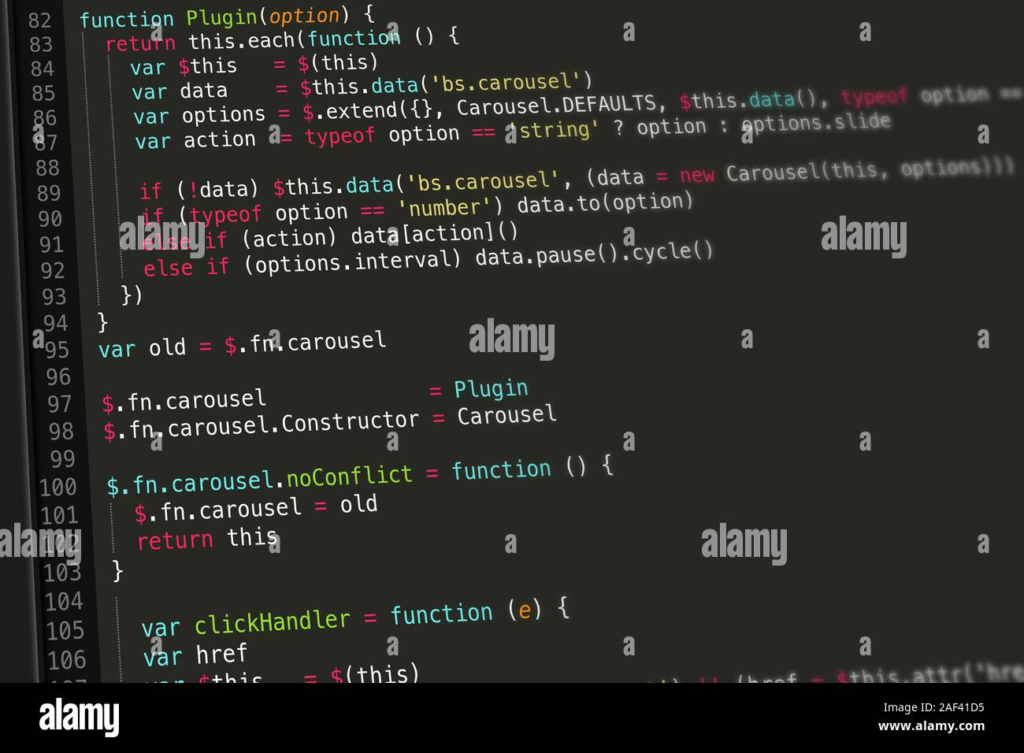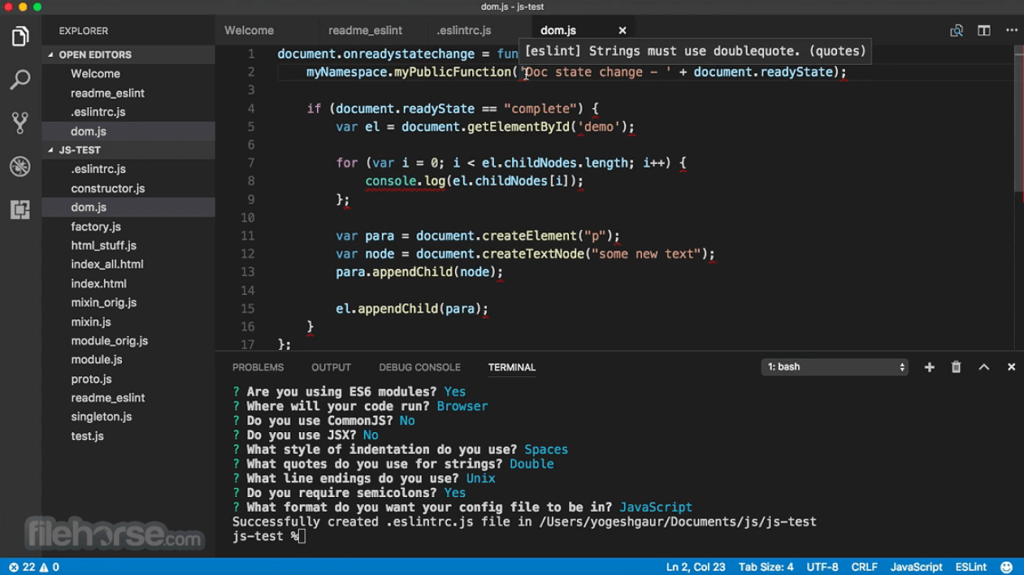JavaScript is the backbone of modern web development, and mastering it is essential for creating fast, interactive, and feature-rich websites. With new features and tools emerging, it’s important to stay updated. Here are 10 JavaScript tricks every developer must know in 2025 to simplify coding and supercharge your projects.

1. Destructuring for Cleaner Code
Destructuring makes it easy to extract values from objects or arrays. It’s a great way to write cleaner and more readable code.
Example: Array Destructuring
const [first, second] = ['Apple', 'Banana'];
console.log(first); // Output: Apple
console.log(second); // Output: Banana
Example: Object Destructuring
const user = { name: 'John', age: 30 };
const { name, age } = user;
console.log(name); // Output: John
console.log(age); // Output: 30
2. Optional Chaining for Safe Access

Optional chaining (?.) prevents errors when accessing properties of undefined or null objects.
Example
const user = { name: 'Alice' };
console.log(user.profile?.email); // Output: undefined (No error)
3. Nullish Coalescing for Default Values

The nullish coalescing operator (??) helps assign default values only when the left-hand side is null or undefined.
Example
const userInput = null;
const defaultValue = userInput ?? 'Default Value';
console.log(defaultValue); // Output: Default Value
4. Arrow Functions for Concise Syntax

Arrow functions provide a shorter syntax for writing functions and preserve the this context.
Example
const add = (a, b) => a + b;
console.log(add(5, 3)); // Output: 8
5. Dynamic Imports for Optimized Loading

Dynamic imports let you load JavaScript modules only when needed, improving performance.
Example
import('./module.js').then(module => {
module.someFunction();
});
6. Promise.allSettled for Handling Multiple Promises

When you need to work with multiple promises, Promise.allSettled ensures you handle both resolved and rejected promises.
Example
const promises = [
Promise.resolve('Success'),
Promise.reject('Error'),
];
Promise.allSettled(promises).then(results => console.log(results));
7. Template Literals for String Interpolation

Template literals make it easy to create dynamic strings with placeholders.
Example
const name = 'John';
const greeting = `Hello, ${name}!`;
console.log(greeting); // Output: Hello, John!
8. Spread and Rest Operators for Flexibility

The spread operator (...) expands elements, while the rest operator collects them.
Example: Spread
const arr1 = [1, 2, 3];
const arr2 = [...arr1, 4, 5];
console.log(arr2); // Output: [1, 2, 3, 4, 5]
Example: Rest

function sum(...numbers) {
return numbers.reduce((acc, curr) => acc + curr, 0);
}
console.log(sum(1, 2, 3)); // Output: 6
9. LocalStorage and SessionStorage for Persistent Data

Use localStorage and sessionStorage to store key-value pairs in the browser for persistent data.
Example
// Store data
localStorage.setItem('username', 'John');
// Retrieve data
const username = localStorage.getItem('username');
console.log(username); // Output: John
10. Debugging with console.table

For better debugging, use console.table to display objects or arrays in a readable table format.
Example
const users = [
{ name: 'Alice', age: 25 },
{ name: 'Bob', age: 30 },
];
console.table(users);
Conclusion
These 10 JavaScript tricks will help you write cleaner, faster, and more efficient code in 2025. Whether you’re simplifying your functions, handling errors gracefully, or optimizing performance, these techniques are essential for every developer. Start applying them today and elevate your coding game!
Meta Description
Discover 10 must-know JavaScript tricks for 2025 to write cleaner, faster, and more efficient code. Learn destructuring, optional chaining, dynamic imports, and more!
Focus Keywords
JavaScript tricks 2025, advanced JavaScript tips, coding hacks, JavaScript for developers, JavaScript features, modern JavaScript techniques, efficient JavaScript coding.

